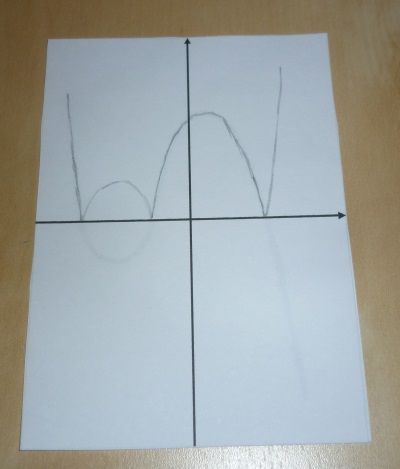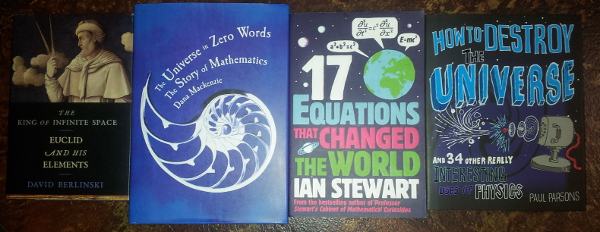Only a week left of school holidays. I’d better get started on the huge list of things I mean to do over the break!
I spent some time at school today working on an idea I had last week. My next topic with year nine (once we properly finish off Pythagoras) will be Expanding and Factorising. I plan to include some work on simplifying expressions, but I’ve noticed that some students struggle with recoginising ‘like’ terms. Some get mixed up between terms like x and x2 terms, and some don’t realise the differences between terms at all and try to do things like 4x + 5y = 9xy. I wanted an activity that let students practise recognising when terms are like or not.
So I came up with “Algebra Snap”:

It’s basically what it sounds like – “Snap”, but with matching like terms instead of numbers. (Everyone knows how to play Snap, don’t they? EDIT: Sorry, I shouldn’t make assumptions like that! I’ve tried to explain it below.) I haven’t had a chance to test it out yet, but I’ll post here again once I’ve used it in class. The cards are simply laminated coloured paper, with different colours so I don’t get the sets mixed up.
An extension to this activity could be to play the game the same way, except that students have to state the sum of the cards they’re snapping before they get it.
Even though I’ve printed “Algebra Snap” on the back of the cards, I hope there will be chances to reuse them in other activities too. One idea I had was something around factorising – draw two cards, and have students decide whether they can be factorised or not (and have them do the factorisation). I wish I’d planned the coefficients a bit better – if I’d used 6 more often instead of 5 and 7, then there would be more opportunities to factorise. I guess that’s what permanent markers are for.
If you have any other ideas for these cards, or any improvements, let me know!
Downloads (both files are the same thing, but last page of the Word document looks weird unless you fix up the font):
EDIT: How to play Snap:
- Divide the cards between each player, who holds them face down.
- Players take turns to reveal the top card and place it in a stack in front of them.
- If at any point two stacks have matching cards (in this case, cards with like terms), the first player to shout “Snap!” wins both stacks and places them at the bottom of their hand. (Don’t shout if you don’t want to disturb the rest of the school. But it’s more fun if you shout.)
- The winner is the player to get all the cards.
There are rules for dealing with wrong and tied calls, but there seem to be many different versions around – google it to find one you like. The version I played growing up involved everyone putting their cards into one stack, which would be won by yelling “Snap!” and slapping your hand onto the stack if the last two cards match. It used to get a little violent, so it probably isn’t a good way to play with rowdy 15 year olds.








